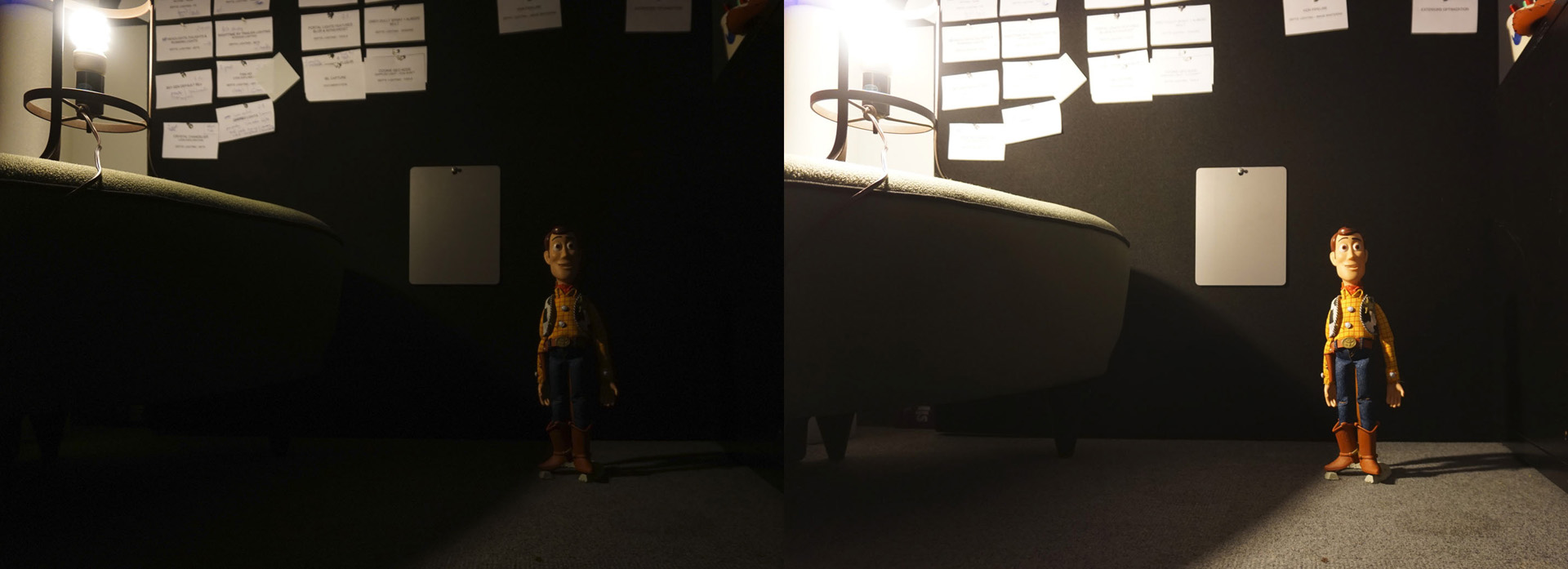“Practical Lighting on Toy Story 4”
Conference:
Type(s):
Entry Number: 43
Title:
- Practical Lighting on Toy Story 4
Presenter(s)/Author(s):
Abstract:
Since the adoption of Global Illumination on Monsters University and Renderman RIS on Finding Dory, Pixar has pushed closer and closer to photorealism with physically-based lighting and shading. With each show, Lighting artists have needed to create, organize, and creatively balance more and more light sources of increasing complexity. Because Pixar has also traditionally worked with a “fixed” camera exposure, the light colors and intensities chosen by the artist would also drive the overall brightness of the final image.
Toy Story 4, which takes place in both an antiques mall and a traveling carnival, was a challenge to this workflow. The large variety of light sources in the antiques mall would be difficult to group into uniform categories; complex light animation on carni val rides required light intensities driven by upstream assets; and seeing the same lights under day and night illumination meant that production-wide choices for light intensities could not be made under a single, fixed exposure. We needed assets that behaved like in the real world and just worked when placed together in a scene.
We developed a method on Toy Story 4 for tagging modeled assets with physical light properties that would automatically be converted into functioning light sources in a shot by a script called Bakelite. This pipeline gave the Lighting department more time for creative iteration with minimal setup, allowed pre-lighting vi sualization of shots by upstream departments, and ensured a final image that was both rich in surface detail and also accurate in HDR.






